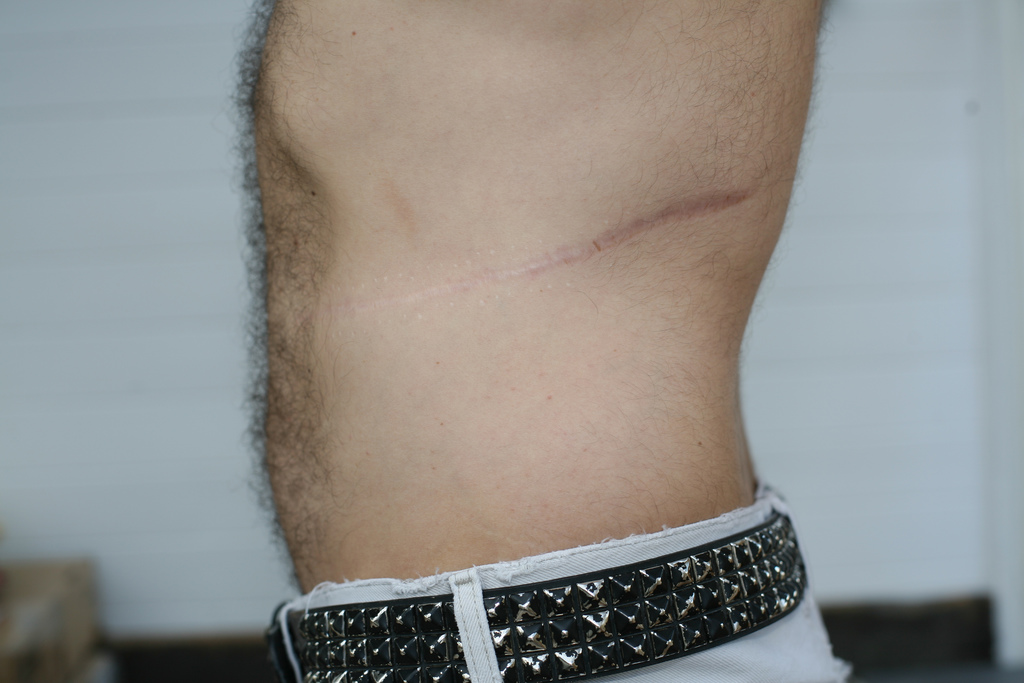As one gets older, the advantages of youth become clearer. Aging can be associated with many disadvantages such as having less energy, limited flexibility, and impaired cognition, among various other health issues. Although scientists have uncovered specific mechanisms for certain issues, a lot more research can still be done to understand why the elderly are more susceptible to injury and disease. Wound healing plays an important role in maintaining the skin barrier upon damage. Although it has been known that this healing process occurs much more rapidly in younger individuals compared to the elderly, the reasons as to why remain unclear. A recent discovery, however, may serve to unravel this mystery.
Image Source: Image Source
Researchers from Rockefeller have found that aging affects the interaction between skin cells and immune cells. These two types of cells are essential to the wound healing process. Skin cells are needed to fill the hole left by the wound, and immune cells aid in repair by stimulating cell proliferation, among other things. The study involved observing differences in wound healing between two-month-old mice and two-year-old mice. Unsurprisingly, the researchers noticed that the time it took for the wounds to heal was longer in the older mice. Upon analyzing the influx of new skin cells at the wound site, they found that new skin cells also took longer to appear in older mice. Further experiments revealed that in older mice the skin cells around the wound are unable to produce Skint proteins, which skin cells of younger mice use to maintain the presence of immune cells at the wound site. This suggests that wound healing takes longer in older mice because of the lack of Skint proteins needed to mediate communication between the skin and immune cells. To confirm this claim, the researchers inactivated Skint proteins in the younger mice and found that new skin cells indeed took longer to arrive at the wound site as a result.
The results of this study may be used to address the issue of wound healing in the elderly. By stimulating Skint proteins, one can expect the time required for wounds to heal to decrease. More generally, the study reinforces the idea that communication between skin cells and immune cells is important in the wound healing process. Consequently, targeting any pathway that may be involved in the interaction between these two cell types could be beneficial.
Feature Image Source: scar by Alan Turkus










